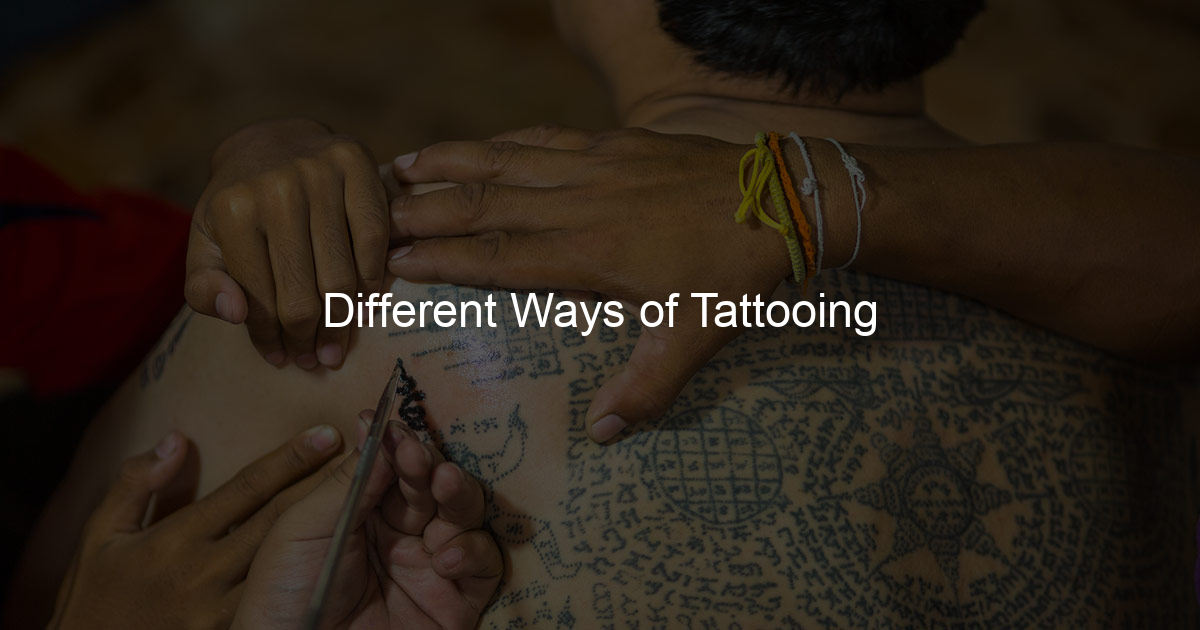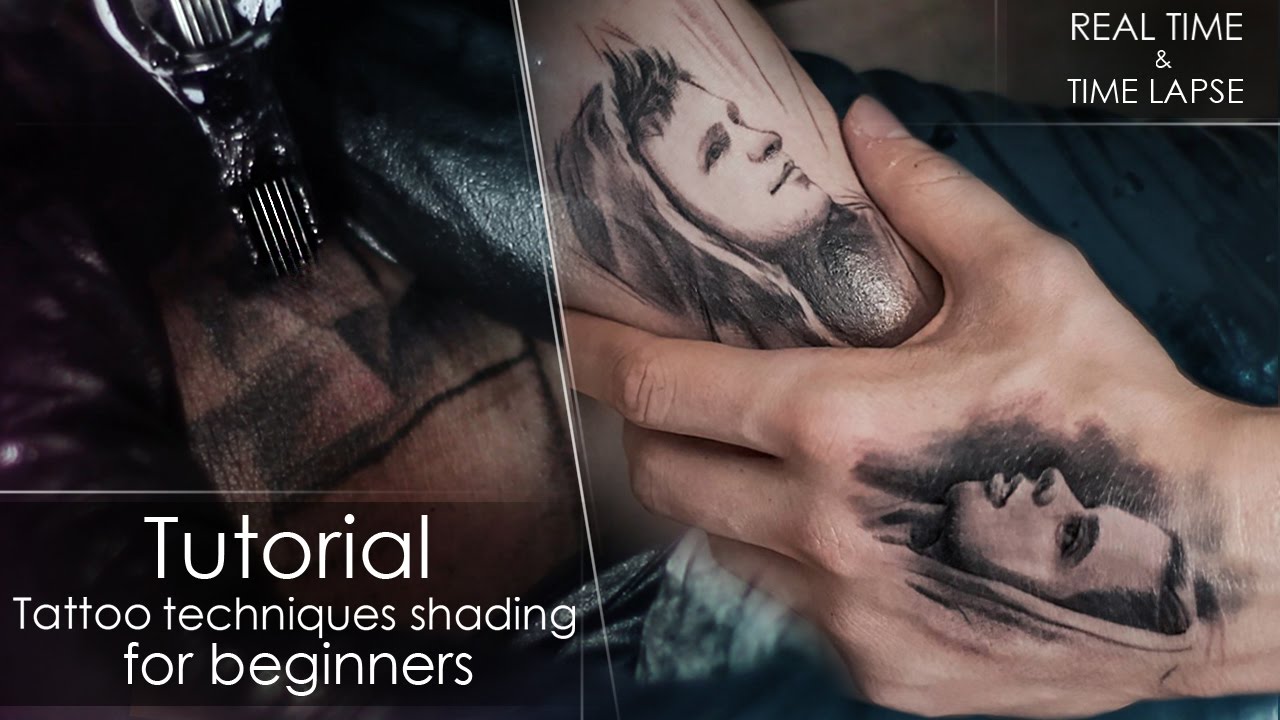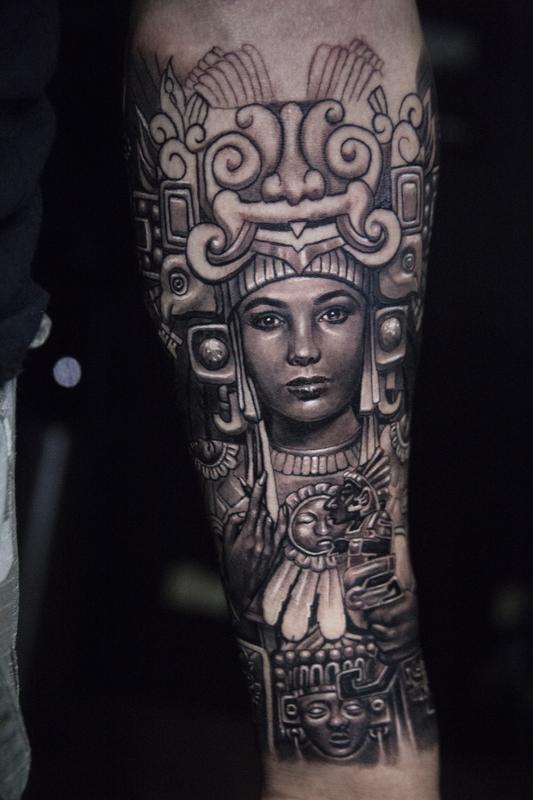Tattooing For Dummies: Beginner's Guide to Inked Art

What is Tattooing?

Tattooing is an ancient form of body modification where indelible designs are created by the insertion of ink, dyes, and pigments into the dermal layer of the skin. These days, tattooing has transformed from a cultural or social marker into a widespread art form that people use to express their personal style, commemorate important life events, or simply to enhance their appearance. Tattoos are permanent, so choosing the right design, artist, and placement is crucial for anyone considering their first tattoo.
Understanding Tattoo Basics

History and Culture of Tattooing

Historically, tattoos were used for reasons ranging from adornment to identification, social status, and ritualistic purposes. Here are some key points in tattooing history:
- Ancient Times: Tattoos were found on Egyptian mummies, Polynesian warriors, and many Native American tribes, each with their cultural significance.
- European Influence: By the 17th century, sailors brought back tattooing from Polynesia, introducing it to Europe and North America.
- Modern Tattoo Culture: Today, tattoos are an integral part of popular culture, with styles ranging from traditional to hyper-realistic.
How Tattoos Are Created

The tattoo process involves several steps:
- Design Consultation: You and the tattoo artist discuss and agree on a design.
- Skin Preparation: The skin is cleaned, and a stencil might be applied to mark the tattoo’s placement.
- Tattooing: The artist uses a tattoo machine to puncture the skin with a needle attached to a small container of ink, depositing the pigment into the dermis.
- Aftercare: Proper care following the tattoo session is vital for healing and to avoid infection.
Choosing a Tattoo Artist and Studio

Selecting the right tattoo artist and studio is paramount:
- Portfolio Review: Look at their previous work. Does their style match what you want?
- Health and Safety: Ensure the studio follows strict hygiene protocols, using autoclaves to sterilize equipment and employing disposable needles.
- Reputation: Check reviews and get recommendations. Word of mouth can be very insightful.
The Tattoo Experience

What to Expect During the Session

Here are some things you might encounter:
- Pain: Tattooing can be painful, especially in sensitive areas like the ribs or inner bicep.
- Duration: Depending on size and complexity, sessions can last from 30 minutes to several hours.
- The Artist’s Touch: A good artist will communicate, take breaks, and make the process as comfortable as possible.
Aftercare Instructions

Aftercare is crucial for ensuring your tattoo heals properly:
- Keep it Clean: Wash your tattoo gently with mild soap a few times a day.
- Moisturize: Apply a tattoo-specific ointment or lotion to keep the skin from drying out.
- Avoid Certain Activities: No swimming, sun exposure, or heavy physical activity for the first few weeks.
- Watch for Signs of Infection: If you notice excessive redness, swelling, or pus, seek medical attention.
⚠️ Note: Each tattoo artist might have slight variations in aftercare instructions, so always follow their advice closely.
Design Ideas and Placement

Deciding on the design and placement of your tattoo is a personal and creative journey:
- Personal Meaning: Tattoos often carry personal significance, representing family, beliefs, or memories.
- Artistic Style: From traditional to watercolor, finding an artist who excels in your desired style is key.
- Visibility: Consider whether you want your tattoo to be visible or hidden based on your lifestyle or job.
Frequently Asked Questions

How painful is getting a tattoo?

+
Pain is subjective, but generally, tattoos on areas with less fat or muscle, like the feet, ribs, and wrists, tend to be more painful. However, the adrenaline and excitement can help reduce the perception of pain.
How long does a tattoo take to heal?

+
Most tattoos take about 2 to 4 weeks to heal on the surface, with deeper healing occurring over several months. Proper aftercare significantly impacts healing time.
What should I do if I experience an allergic reaction?

+
If you notice signs of an allergic reaction like redness, itching, or swelling that persists beyond the initial healing phase, contact your tattoo artist and possibly a doctor. You might be allergic to certain ink colors or other tattooing materials.
Can I cover or alter an existing tattoo?

+
Yes, tattoos can be covered up or reworked, although this often requires more sessions and skill from the artist to hide or integrate the old tattoo.
Inked art, whether for self-expression, commemoration, or sheer aesthetic appeal, involves a commitment to the beauty and permanence of body art. By understanding the history, process, and importance of aftercare, your journey into tattooing can be as rewarding as the artwork on your skin. Remember, choosing the right tattoo artist, studio, design, and placement is an integral part of creating a tattoo that you will cherish for a lifetime. Tattoos are not just art; they’re a personal story etched onto the canvas of your body.


